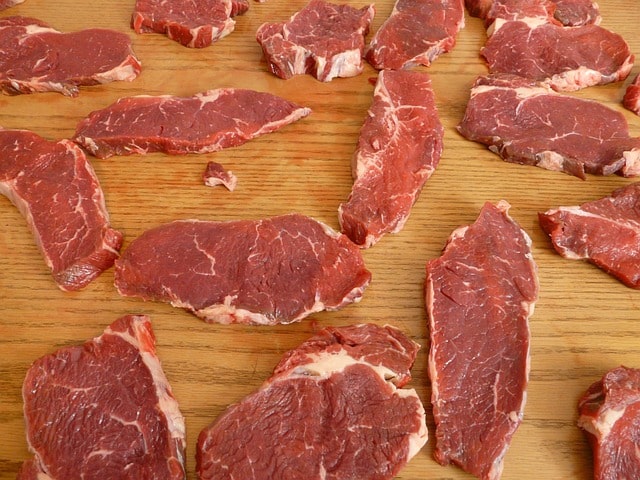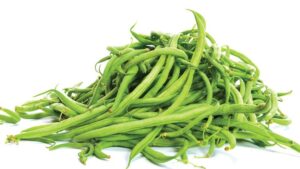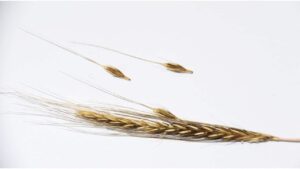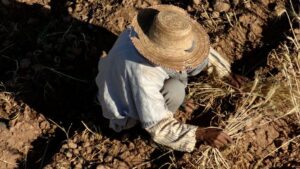I moderated a session during the American Seed Trade Association’s CSS Seed Expo in Chicago this past December. The discussion showcased innovation in robotics, drone imagery and variable-rate input application. The three panelists are highly respected in their fields, so I knew I had to do some research to be prepared! I studied the history of digital ag and was impressed with the level of technological advancement in recent years. A few key facts just blew me away. For example, today’s toaster has more processing power than the entire Apollo 11 Guidance Center and the iPhone 6 (not even the most advanced model) performed instructions 120,000,000 times faster than computers did when humans first landed on the moon!
This incredible base technology, coupled with 5G cellular access and growing broadband access, allows innovation of more and more powerful and useful digital ag solutions. In almost all cases, these new innovations allow farmers to produce more while using fewer resources. This seems widely understood within agriculture, but it’s missing from the consumer conversation playing out during Hollywood award show speeches.
Agriculture is necessary to feed, shelter and clothe the world’s population. Humans are most healthy when they eat a diverse diet that includes nutrients from animal sources. The benefits of improved farming practices through precision and data-driven methods means food production output is enhanced while reducing the impact on the environment.
According to the USDA, agriculture accounted for only 9% of greenhouse gas emissions (as of 2013), while providing nearly 100% of all the calories consumed by humans. This, however, doesn’t mean agriculture can’t or shouldn’t work to improve. Improved device processing power and better internet connectivity are allowing increasingly powerful digital ag solutions. Yields are rising and input use is decreasing. An acre of land is feeding more people with fewer resources than ever before. Better technology will push productivity and sustainability to heights never thought possible.
This good news means we don’t have to abandon animal agriculture, and everyone doesn’t have to go vegan! Increased innovation in digital and precision farming practices will move the needle much farther than trading your all-beef hamburger for a plant-based patty that has more than seven times the sodium. It’s our job to make sure this story is told.









